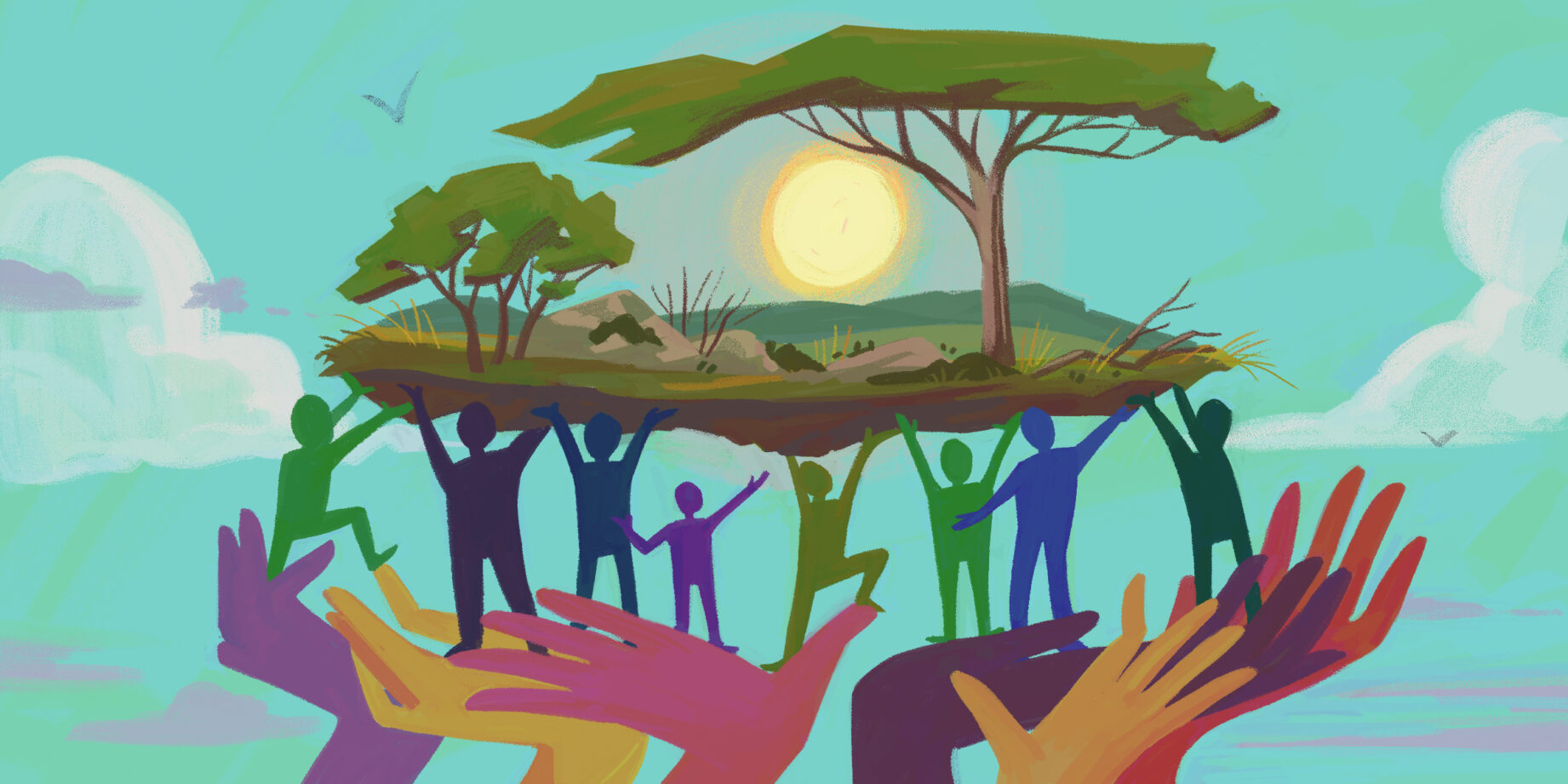Opinion Evolving Toward Community-Led Conservation

- Author: Ensia
- Full Title: Opinion: Evolving Toward Community-Led Conservation
- Type: #snippet✂️
- Document Tags: #planet
- URL: https://ensia.com/voices/community-led-conservation-biodiversity-indigenous-management-opinion/
Highlights
- Even though it’s a young organization, already its work developing a code of conduct for whale shark tours, advocating for the industry’s workers, and promoting conservation and environmental education in Mafia Island’s schools and communities has dramatically improved the island’s tourism and capacity for conservation. (View Highlight)
- The idea for WATONET was born in the early days of 2020. Salum and several tour operators approached staff from WWF — who support marine conservation in Mafia and on the mainland — for advice on how to strengthen their efforts to self-organize and grow the whale shark tourism industry on the island. Over the span of a few years — and despite the drop in tourism during the COVID-19 pandemic — the two groups worked together to create WATONET, develop a charter, and advance shared goals around conservation education and community engagement, with WWF supporting the goals set by WATONET members. (View Highlight)
- This way of working — with conservation priorities identified and led by the people living and working with nature — must play a central role in the future of conservation. This is especially true against the backdrop of the new Kunming-Montreal Global Biodiversity Framework, which calls on governments to conserve at least 30% of land, freshwater and ocean by 2030 to halt and reverse nature loss. (View Highlight)
- Lands under Indigenous management — where Indigenous land tenure is formally recognized and where Indigenous peoples have de facto influence on land management — are estimated to contain 40% of intact natural ecosystems. Clearly, Indigenous and community-led efforts will be central to meeting the goals of the new framework. But support for Indigenous and community-led conservation has not been fully mainstreamed into the international conservation movement, in part because conservation initiatives historically were largely planned, driven and funded by people from outside those communities (View Highlight)
- Embracing community-led conservation requires rethinking the interventions we use to engage communities. For example, “sustainable” or “alternative” livelihoods are often key parts of community-based conservation programs, designed to either improve the sustainability of existing enterprises or encourage enterprises that don’t rely on natural resource extraction. They are also often seen as valuable ways to build trust with and between communities. These programs often involve training people in new skills like business management and financial planning, or in how to develop new occupations, such as beekeeping or crafting. (View Highlight)
- WWF focused on developing village community banks that enabled people — particularly women — to lend and borrow money, and to test and develop the enterprises they were interested in. More than a decade after introducing the concept in Somanga Village and on Mafia Island, there are now over 476 community banking groups along the Tanzanian coastline that enable members to develop and benefit from enterprises of their own choosing (View Highlight)
- Conservation organizations will need staff who are strong in capacities that have not been traditionally prioritized — such as facilitation and conflict resolution — to ensure that those tensions and trade-offs are navigated in thoughtful and equitable ways. (View Highlight)
- Collaborative planning requires not just new capacities, but also long-term support. Funders must shift away from short, one- to three-year grants timelines to longer and more flexible grants that allow time for more collaborative ways of designing and implementing conservation. Dedicating funding to support inclusive and collaborative planning processescan allow communities and external conservationists to identify shared priorities and allocate roles and responsibilities in equitable ways that enable long-term success. Providing financial support to locally led learning and advocacy networks can also facilitate peer-to-peer learning, which could help scale locally led practices and programs. (View Highlight)
